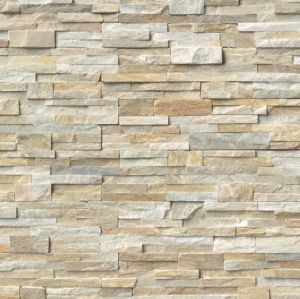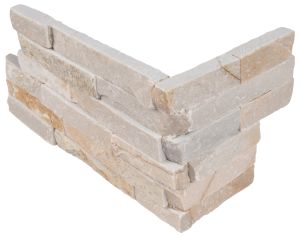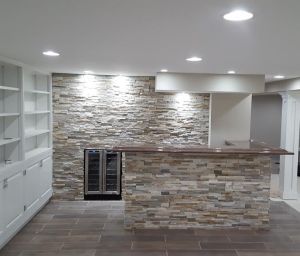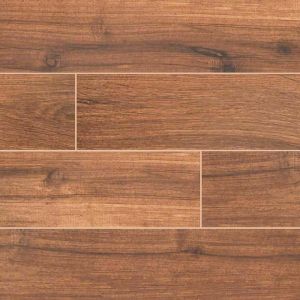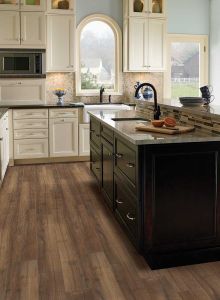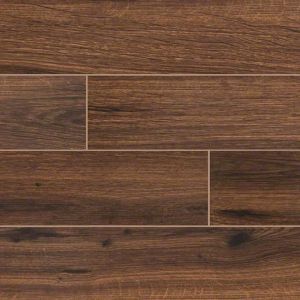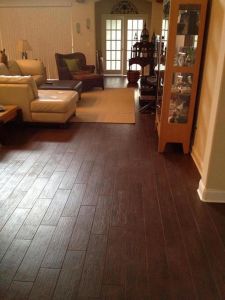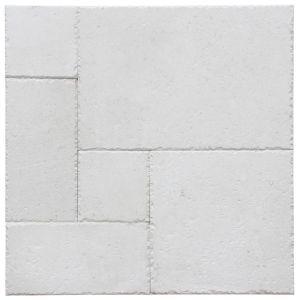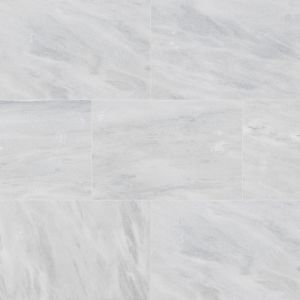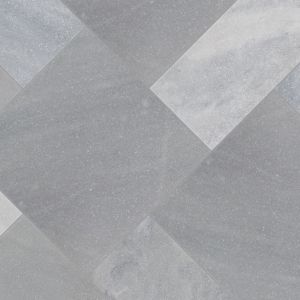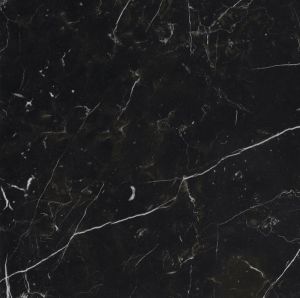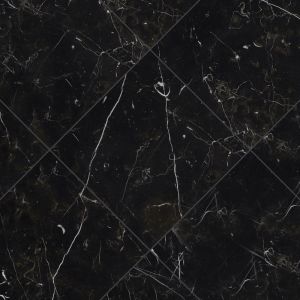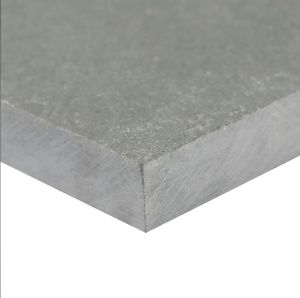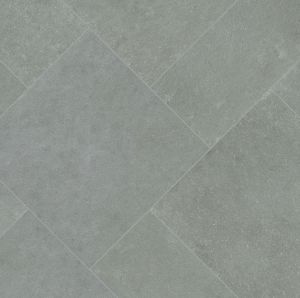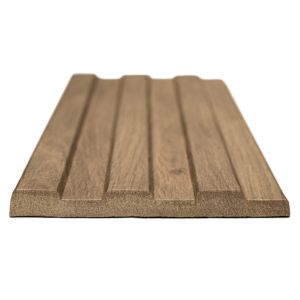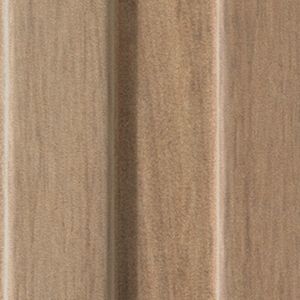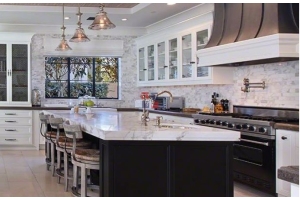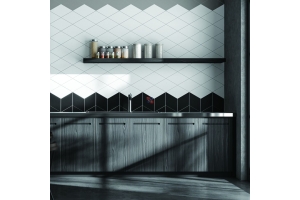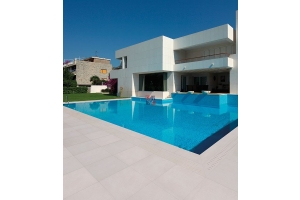This website uses cookies to ensure you get the best experience on our website. Read more
A Quick Guide to Pool Coping Stone

Pool coping stones play a pivotal role in enhancing the aesthetics, safety, and functionality of your swimming pool area. These specially designed stones serve as the finishing edge around the pool, creating a smooth transition between the pool and its surroundings.
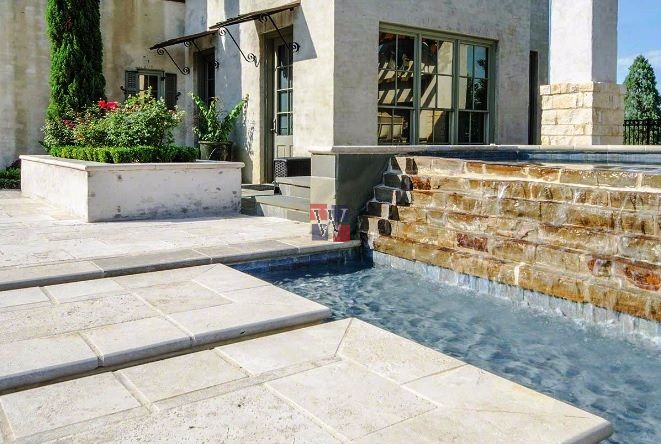
In this comprehensive guide, we'll explore the various aspects of pool coping stones, including types, materials, installation, and design ideas to help you make an informed decision for your pool area.
1. Understanding Pool Coping Stones
Pool coping is the material or stone that caps the pool shell wall, providing a finished edge and creating a visually appealing border around the pool. Besides aesthetics, coping stones also serve to direct splashed water away from the pool and into the deck drains.
2. Types of Pool Coping Stones
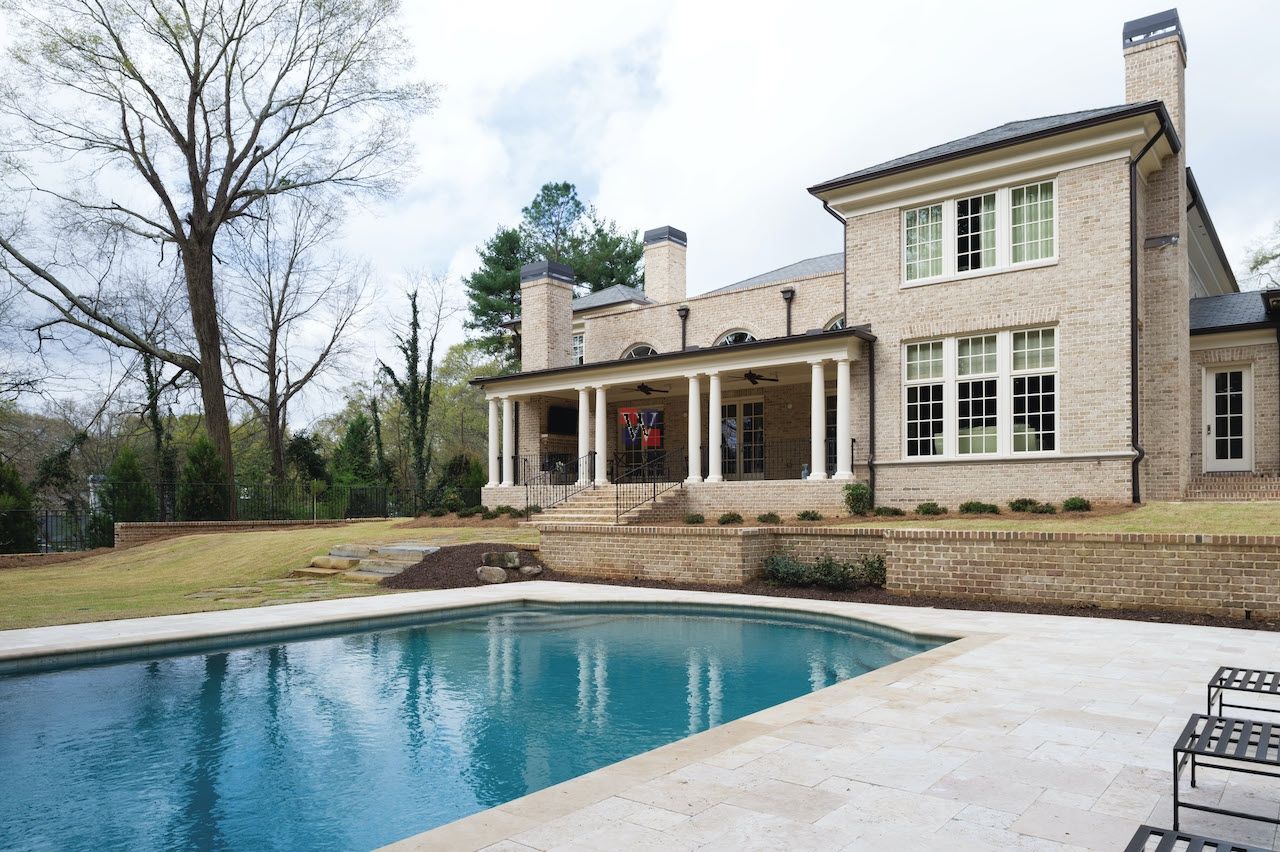
a. Cantilevered Coping:
Cantilevered coping extends slightly over the edge of the pool, creating a rounded edge. It's a popular choice due to its sleek and seamless appearance.
b. Bullnose Coping:
Bullnose coping features a smoothly rounded edge, providing a soft and safe perimeter around the pool. It's a classic and widely used option.
c. Square or Straight-edge Coping:
This type of coping offers a modern and contemporary look with its straight, clean lines. It's often used in modern or minimalist pool designs.
d. Safety Grip Coping:
Safety grip coping has a textured surface, providing a non-slip grip for added safety, especially in wet conditions.
3. Materials for Pool Coping Stones
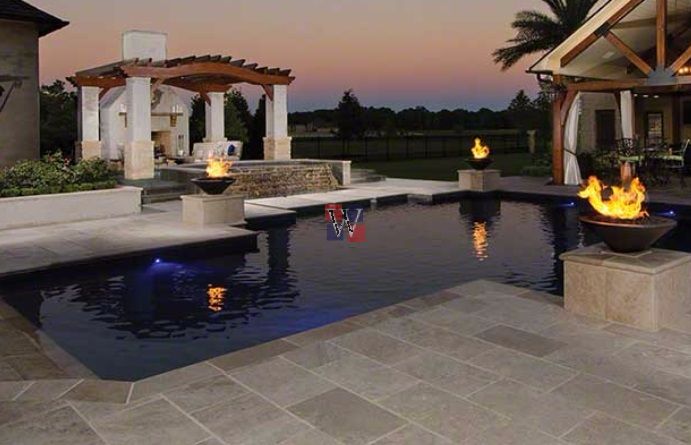
a. Natural Stone:
- Travertine: Known for its beauty and durability, travertine coping offers a timeless and elegant look to your pool area.
- Granite: Granite coping stones are incredibly tough and can withstand various weather conditions.
- Sandstone: Sandstone coping provides a natural and rustic appearance, blending well with outdoor settings.
b. Concrete:
Concrete coping offers versatility in design, allowing for customization and various finishes like stamped concrete or exposed aggregate.
c. Brick:
Brick coping is a classic choice that can complement traditional or rustic pool designs, providing a charming and warm look.
d. Porcelain Pavers:
Pavers come in various materials like concrete, brick, or natural stone. But porcelain pavers are making their strong presence felt due to their versatility, simple installation, and easy maintenance. They come in an array of colors and textures to choose from.
4. Installation and Maintenance
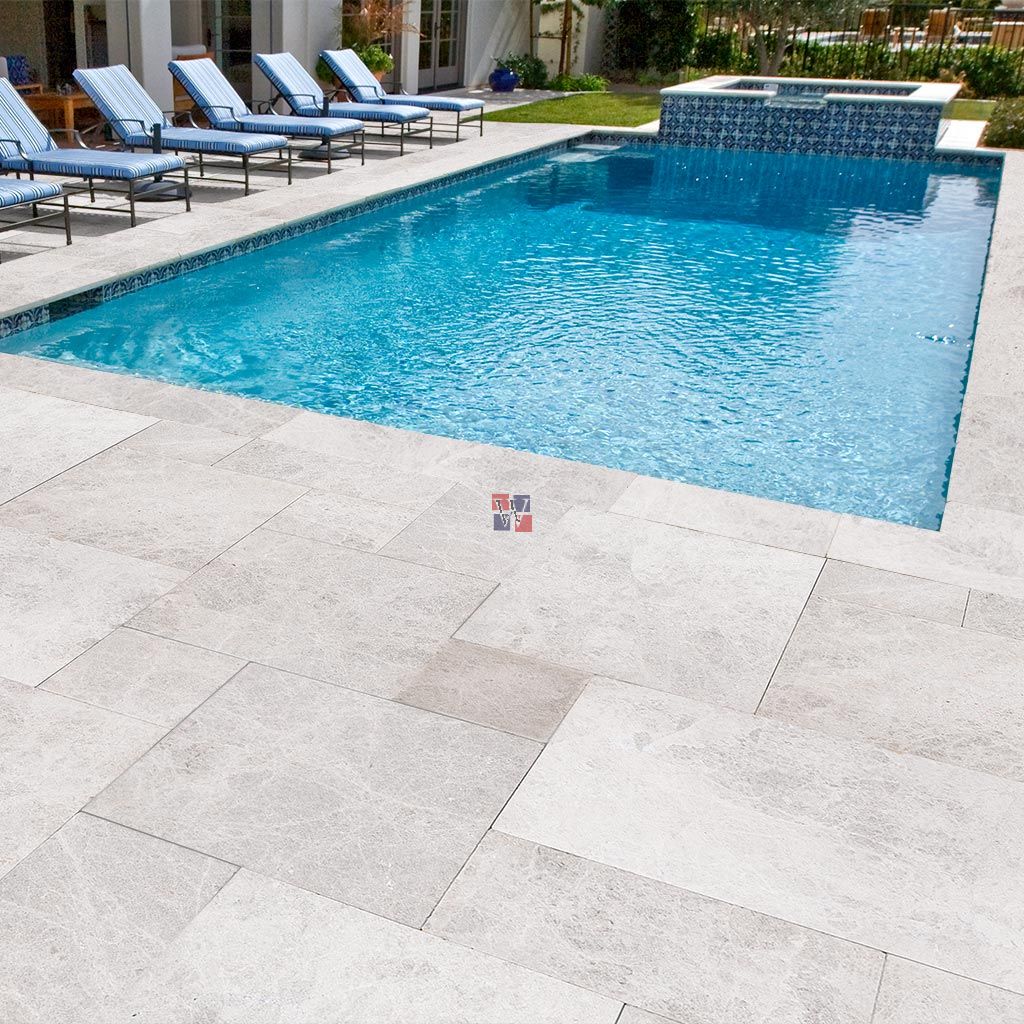
Proper installation of coping stones is crucial to ensure their durability and functionality. A professional installer will ensure a level, secure, and aesthetically pleasing finish. Regular maintenance involves cleaning, resealing (for natural stone coping), and inspecting for any damage.
5. Design Ideas and Considerations
- Contrasting Colors: Choose coping stones that contrast with the pool deck, creating a visual distinction.
- Integrated Lighting: Incorporate LED lights into the coping for an elegant and inviting night-time ambiance.
- Extended Sitting Area: Opt for wider coping to create a ledge for seating or lounging by the pool.
Pool coping stones are an essential element in pool design, offering both functionality and aesthetics to your outdoor space. With various types and materials to choose from, you can select the perfect coping stones that suit your pool design and personal preferences. Invest in quality coping stones to enhance the beauty and safety of your pool area.
Ready to upgrade your pool? Explore our exquisite collection of pool coping stones options and give your swimming pool a new level of sophistication.
0 Comment(s)
